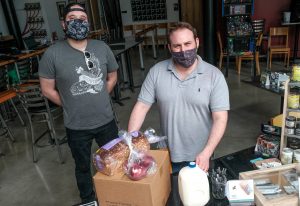Holcomb preparing to tweak reopening plan; details to come Wednesday
Stage 3 of the governor’s roadmap, scheduled to start Sunday, is set to increase the social gathering limit from 25 people to 100, allow retailers to go from operating at 50% capacity to 75% capacity, let fitness centers reopen and allow movie theaters to open at 50% capacity.






